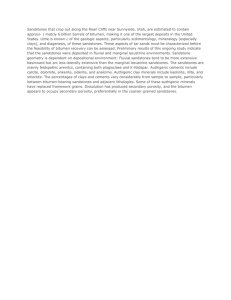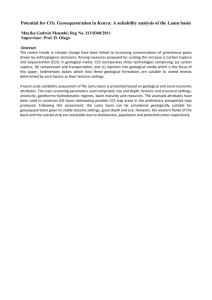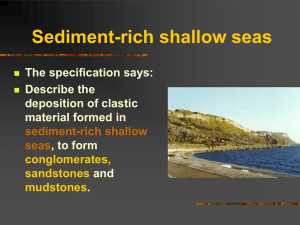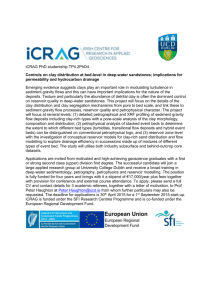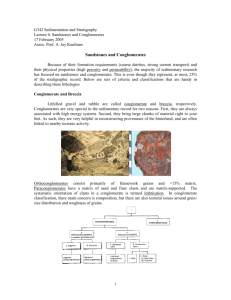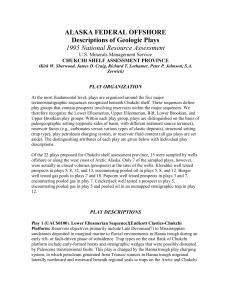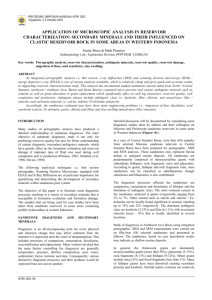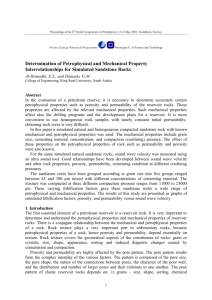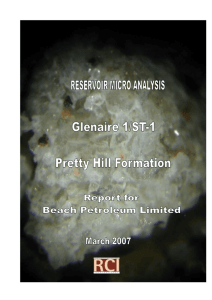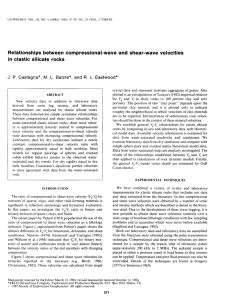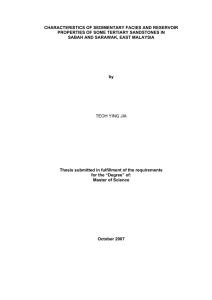RESERVOIR ROCK CHARACTERIZATION OF LAMU BASIN
advertisement
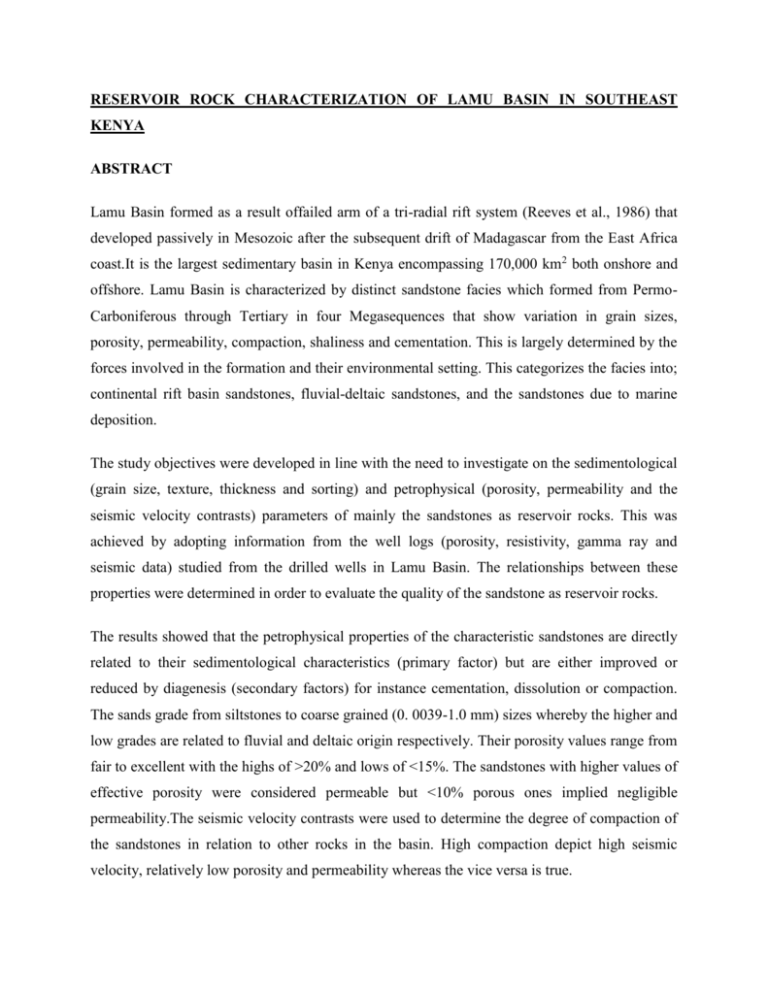
RESERVOIR ROCK CHARACTERIZATION OF LAMU BASIN IN SOUTHEAST KENYA ABSTRACT Lamu Basin formed as a result offailed arm of a tri-radial rift system (Reeves et al., 1986) that developed passively in Mesozoic after the subsequent drift of Madagascar from the East Africa coast.It is the largest sedimentary basin in Kenya encompassing 170,000 km2 both onshore and offshore. Lamu Basin is characterized by distinct sandstone facies which formed from PermoCarboniferous through Tertiary in four Megasequences that show variation in grain sizes, porosity, permeability, compaction, shaliness and cementation. This is largely determined by the forces involved in the formation and their environmental setting. This categorizes the facies into; continental rift basin sandstones, fluvial-deltaic sandstones, and the sandstones due to marine deposition. The study objectives were developed in line with the need to investigate on the sedimentological (grain size, texture, thickness and sorting) and petrophysical (porosity, permeability and the seismic velocity contrasts) parameters of mainly the sandstones as reservoir rocks. This was achieved by adopting information from the well logs (porosity, resistivity, gamma ray and seismic data) studied from the drilled wells in Lamu Basin. The relationships between these properties were determined in order to evaluate the quality of the sandstone as reservoir rocks. The results showed that the petrophysical properties of the characteristic sandstones are directly related to their sedimentological characteristics (primary factor) but are either improved or reduced by diagenesis (secondary factors) for instance cementation, dissolution or compaction. The sands grade from siltstones to coarse grained (0. 0039-1.0 mm) sizes whereby the higher and low grades are related to fluvial and deltaic origin respectively. Their porosity values range from fair to excellent with the highs of >20% and lows of <15%. The sandstones with higher values of effective porosity were considered permeable but <10% porous ones implied negligible permeability.The seismic velocity contrasts were used to determine the degree of compaction of the sandstones in relation to other rocks in the basin. High compaction depict high seismic velocity, relatively low porosity and permeability whereas the vice versa is true. The study was considered successful by having achieved the objectives that were set for investigations. From the sedimentological and petrophysical point of view, most of the sandstones in Lamu Basin have relatively good reservoir characteristics.
